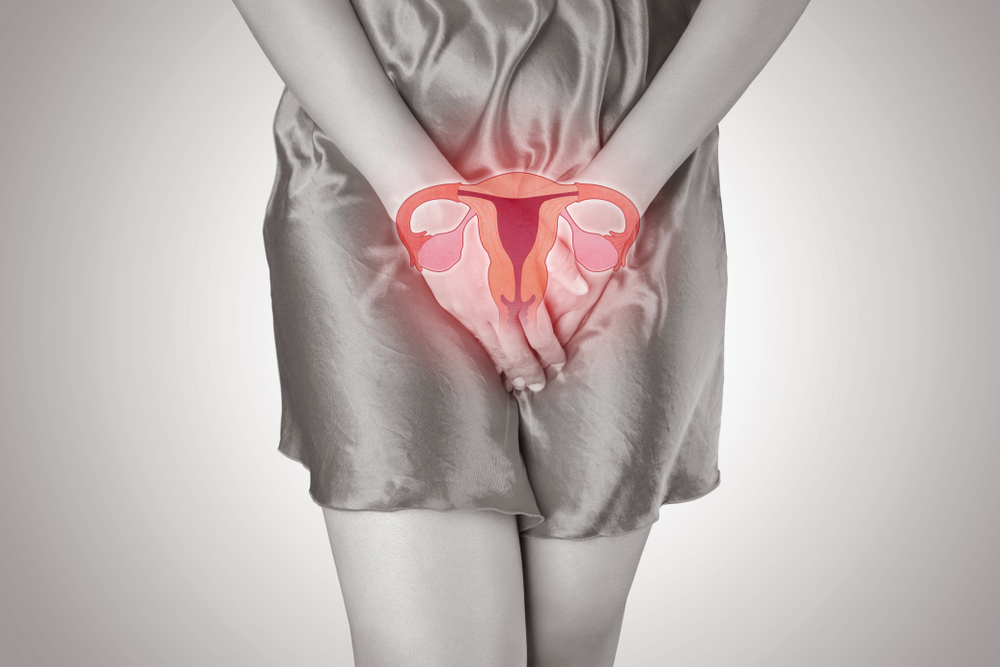Contents:
- Medical Video: How common is bleeding during first trimester(early pregnancy)? Is it normal? Dr. Sreeja Rani
- 1. Walk
- 2. Lower pelvic exercise
- 3. Exercise the lower abdominal muscles
- 4. Tilting the pelvis
- 5. Move your feet
- 6. Yoga
Medical Video: How common is bleeding during first trimester(early pregnancy)? Is it normal? Dr. Sreeja Rani
After a miscarriage, exercise is probably the last thing you want to do. However, light exercise in the first 6 weeks after a miscarriage will help you regain your body and mind strength.
Sports have many benefits, such as helping reduce anxiety or depression, and can also help you adjust around others, and relieve muscle tension and help you sleep better.
Learning new things can help restore confidence. It's natural that you no longer want to train your body at a time like this. However, exercise will slowly help strengthen you again.
It's better to wait until you visit the obstetrician before you start exercising heavily. For example, check with a professional health professional before starting to run, or try a sport you've never done. However, there are a number of minor exercises you can do in the first few weeks.
Just relax, treat yourself well, and do it according to your abilities and feelings. Here are some sports that you can try:
1. Walk
Walking is the best form of exercise to start a new day after a miscarriage. Walking alone can help you through complicated and painful events. Walking with a partner, friend, or family member makes you more calm.
You may indeed not want to leave the house at all. You might be worried if you see a woman with her baby, or you still look pregnant. However, if you feel capable, start by walking in short distances while breathing fresh air. Walking in a beautiful place, in the forest or in the water, is also calming.
2. Lower pelvic exercise
Even if a miscarriage occurs in the first trimester, the lower pelvic muscles will still be affected by hormones.
Lower pelvic exercise is useful so try starting it as soon as possible. Strengthening the lower pelvic muscles will restore tissue around the vagina. This exercise increases circulation to the pelvic area, helping to reduce swelling and bruising. If you have stitches, this sport will not open the seams.
You might consider this exercise not beneficial in the first few days or weeks. Continue, because this sport will work even if you can't feel it.
3. Exercise the lower abdominal muscles
Exercising the lower abdominal muscles may help shrink the stomach after pregnancy. The lower abdominal muscles work with the lower pelvic muscles to support the back and pelvis.
Try this sport, by lying on your side or face, whatever you think is most comfortable, with your knees bent.
Breathe deeply and as you exhale, tighten the lower pelvic muscles as if pressed and lifted. Imagine that you are holding back the wind and urinating at the same time. Once you have tightened the pelvic floor muscles, slowly pull the belly button in and up. You must feel the lower abdominal muscles tighten.
Maintain it like this while you count to 10 without holding your breath. Then, relax the muscles slowly. Wait for at least 5 seconds and repeat. Try to avoid moving your back or tighten your abdominal muscles above the waist.
Sit on a sports ball with both feet on the floor, preferably on a carpet or mat to make sure the ball doesn't slide away from you.
Press the pelvic floor muscles and lower abdomen and slowly raise one leg from the floor. Remember to breathe. Hold for 5 seconds, slowly lowering the legs and relaxing the muscles. Repeat for 5-10 times on both feet.
4. Tilting the pelvis
Tilting the pelvis is a useful exercise to move and stretch your back gently and train your abdominal muscles. This exercise also helps relieve back pain. You can tilt the pelvis by lying down, sitting down, or while sitting on a sports ball.
How to tilt the pelvis while lying down:
Lie on the floor or bed. Place the pillow under the head. Your knees bend by raising your legs in front of your buttocks. Tighten the lower pelvis and pull the lower abdominal muscles inward, then press the lower back on the floor or bed. Hold for 3 seconds and raise your back from the floor or bed. Repeat 10 times. Try not holding your breath.
How to tilt the pelvis with a sports ball:
Sit on a sports ball with both feet on the floor, preferably on a carpet or mat so the ball doesn't roll over.
Move the ball back and front with the buttocks, so that the pelvis moves together. Try to hold the position of the shoulder. You can also move the ball from one side to the other to train your waist muscles.
5. Move your feet
Lie face down with knees bent and feet flat on the floor.
Tighten your abdominal muscles, and let your back relax as you move your feet away from your body, slowly straightening your knees. The goal is to use the abdominal muscles so that the back is not curved.
As soon as you feel your back start to curve, bend your knees again and return to your original position. Repeat 8-10 times.
Watch your breath during exercise. Because the abdominal muscles get stronger, you will be able to move your legs even further before your back starts to curve.
6. Yoga
Yoga focuses on the balance between mind, body and breathing.
Yoga sessions usually include relaxation and breathing exercises, body poses, and sometimes with elements of meditation. Yoga can strengthen the body and help you control strong emotions.
Relax. If you have questions about this form of exercise, or want to talk about your feelings, meet a midwife, health professional or doctor.












